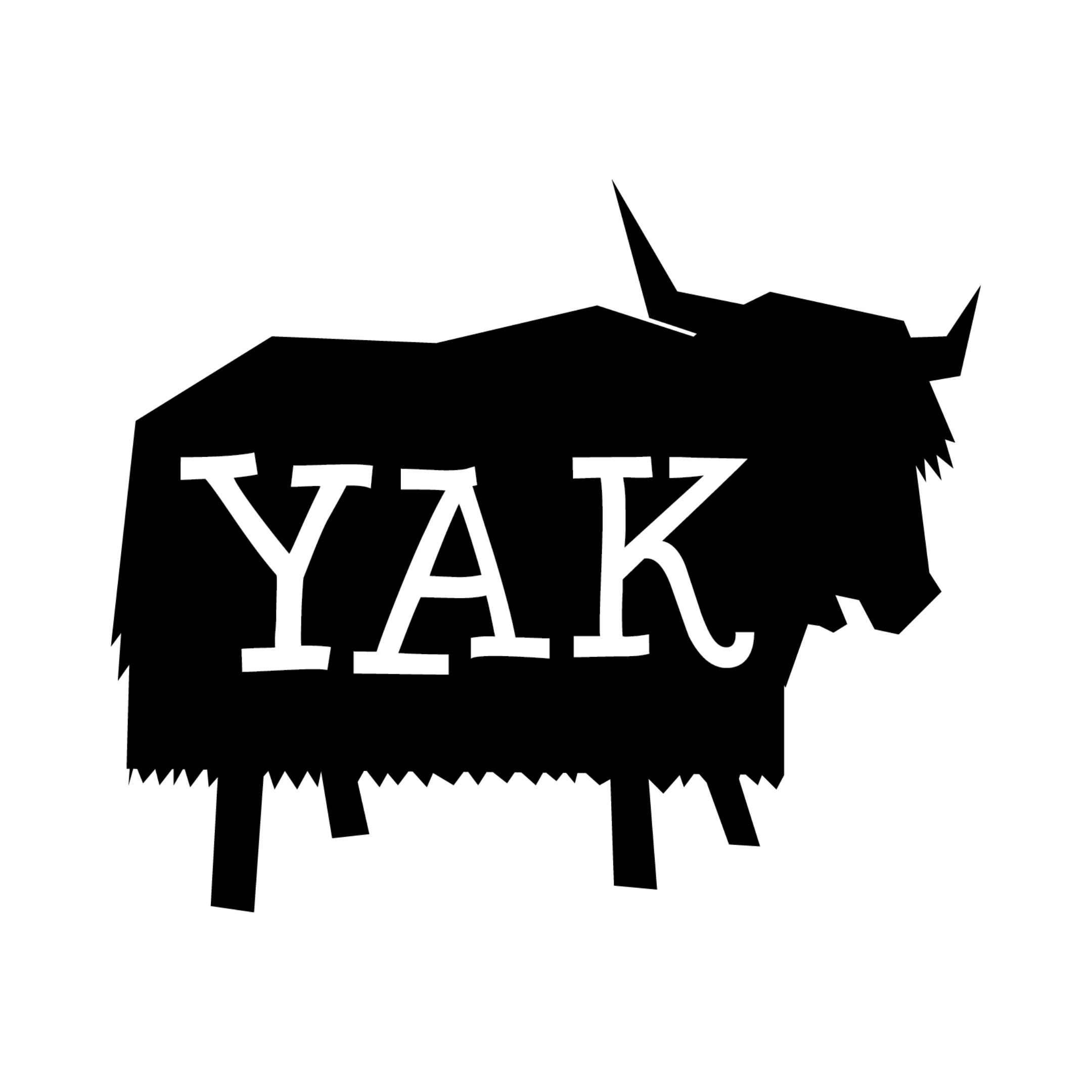The Russian-Ukrainian conflict explained

Emily Burley gives us the story behind the protests shaking the political landscape.
Embed from Getty Images
Photo: Riot police surround Independence Square in Kiev on 20 December, 2013
We’ve all seen the shocking images of rioting between protesters and the Ukrainian military on the news, but what many people don’t understand is how the conflict started and what it means for the future of the Eastern European country.
Ukraine shares its eastern border with Russia, borders Belarus to the northwest, Poland, Slovakia, Hungary, Romania and Moldova to the south and southwest, while the Black Sea and Sea of Azov form a southern coastline. The nation, with its population of almost 45 million people, does not form part of the European Union.
Here lies the root cause of the conflict. In November last year, then-Ukrainian President Viktor Yanukovych rejected a single economic deal with the European Union regarding an association agreement. The EU was seeking more Eastern European countries to enter into their trade agreements. President Yanukovych’s uncertainty in the final stages of the deal was said to indicate to the Ukrainian public that he was caving to pressure from Russian President Vladimir Putin. Days later, President Yanukovych declined the EU’s deal and accepted a new deal from Russia, worth 15 billion dollars in aid and other economic benefits.
In the three months since the deal, relations between Ukraine and Russia have hit an all-time low. The conflict has left world leaders scrambling, while the possibility of a war between the two countries could lead to international involvement, potentially implicating Australia.
For years, Ukrainians longed for economic reform that would bring the country’s economy in line with more prosperous Western European economies. The deal with Russia went against the views of the majority of Ukrainians, causing serious uproar among the people. Many accused the government of corruption and denounced President Yanukovych’s patriotism. Thousands of protestors stormed the streets of the capital Kiev, demanding the President’s resignation.
Embed from Getty ImagesPhoto: Protesters take to the streets of Ukrainian capital Kiev on 19 December, 2013
The Ukrainian government reacted aggressively, with riot police, armed guards and military descending on the city. Tension between the government and the opposition escalated quickly, as vision of torment and fighting flooded the world’s media.
The protests continued over the next two months. The EU and the United States offered Ukraine new deals, as a ‘last chance’ to respect the views of its public. In mid-February, the death toll from the rioting in Kiev was in the hundreds. On 21 February, protesters overtook President Yanukovych’s residence. The President fled to Russia, afraid for his life and at the prospect of facing charges over protester deaths.
The President’s retreat reflected Russia’s dwindling political influence over its neighbour. A deal between Ukraine and the EU would have harmed Russia’s economy, and seriously undercut Russia’s image as a formidable world power (particularly in the wake of the Sochi Winter Olympics and the upcoming Sochi G8 Summit). As a result, Russian President Vladimir Putin placed 100,000 troops along the border, sending a clear message: we are ready for war.
The Russian soldiers began to enter Crimea; an autonomous republic within Ukraine which aligns itself more closely with Russia and homes several Russian naval bases. Russia now has complete control over Crimea and is sending troops further towards Ukraine. Recently, US President Barack Obama shared a 90 minute phone call with Russian President Vladimir Putin in an attempt to halt the conflict. Russia remains firm in its position to defend its interests in Ukraine, and as a result the US and most of the EU have threatened economic sanctions against Russia.
Embed from Getty ImagesPhoto: Ukrainians rally to keep Crimea from Russian governance on 10 March, 2014
President Obama has urged Ukraine to establish a new government and prepare for an election in coming months. Chairman of the Ukrainian Parliament, Oleksandr Turchynov has been acting-President of the country since the former President was ousted. At this time, Russia continues its hold over Crimea, while the Crimean people prepare for next weekend’s referendum on whether to join the Russian Federation. Meanwhile, Ukraine insists it will not give up its land.



Well written Emily.
I admire you for taking a stand with this article.
We can only hope that this volatile situation is resolved very quickly.
Great article Emily. Thanks for the explanation.
Wow, how interesting to know the story behind this. Hopefully the conflict is resolved and doesn’t escalate to war.
Update: ABC reports ‘Viktor Yanukovych says he is still legitimate president, expects return to Kiev soon’ http://www.abc.net.au/news/2014-03-12/yanukovych-says-still-president-expects-return-to-kiev/5314120
Thanks for this update Emily.
I will be very interested to read further articles you have written nod will write in the future.
Russia should back off and stop trying to invade other countries.
Good work Em
Very helpful and effective!